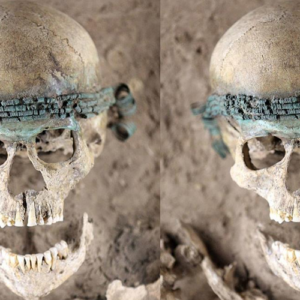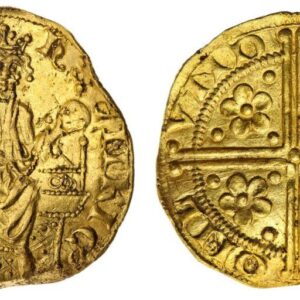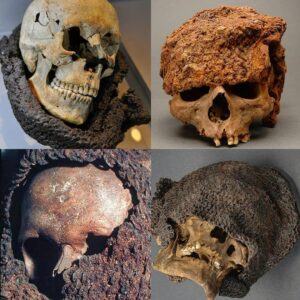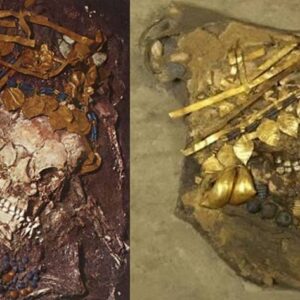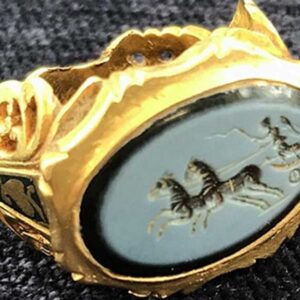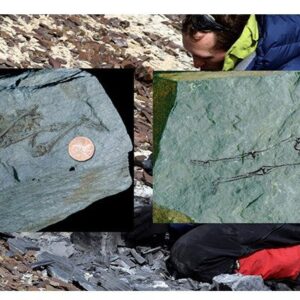The ancient mystery of the great sound quality at the ancient Greek theater of Epidaurus has finally been solved, researchers posit in a recent study.
Scientists have been wondering about the high sound quality of Epidaurus’ theater for decades, developing certain theories along the way.
The ancient theater of Epidaurus was designed by Polykleitos in the 4th century BC. The original thirty-four rows were extended in Roman times by another twenty-one rows. It seats up to fourteen thousand people.

The theater is admired for its exceptional acoustics, which permit almost perfect intelligibility of un-amplified spoken words from the proscenium to all fourteen thousand spectators, regardless of their seating.
Some even claim that audiences are able to hear a pin drop or a match being struck from any seat in the house.
The theater, renowned for its extraordinary acoustics, is one of the best conserved of its kind in the world. It is still used for musical and poetical contests and theatrical performances.
Sound at the theater of Epidaurus improved by limestone
Over the years, several theories were developed in order to explain the phenomenon, both by academics and amateurs.
Some of these theories suggest that prevailing winds carried sounds, or that masks amplified voices.
Researchers at the Georgia Institute of Technology have discovered that the limestone material of the seats provides a filtering effect, suppressing low frequencies of voices and thus minimizing background crowd noise.
Furthermore, the rows of limestone seats reflect high frequencies back towards the audience, enhancing the effect, noted Live Science.
“When I first tackled this problem, I thought that the effect of the splendid acoustics was due to surface waves climbing the theater with almost no damping,” said mechanical engineer Nico Declercq. “While the voices of the performers were being carried, I didn’t anticipate that the low frequencies of speech were also filtered out to some extent.”
It is astonishing, however, that the Greek builders of the theater probably did not understand the principles that led to the exceptional audibility of sound from the stage.
The Greeks’ misunderstanding about the role the limestone seats played in Epidaurus’ acoustics likely kept them from being able to duplicate the effect.
Later theaters included different bench and seat materials, including wood, which may have played a large role in the gradual abandonment of Epidaurus’ design over the years by the Greeks and Romans, Declercq said.

Others dispute the sound quality
The Guardian reports that research conducted by Constant Hak, the assistant professor at the Eindhoven University of Technology, and his team, suggests such assertions are little more than Greek myth.
In a series of conference papers, which also involved experiments at the Odeon of Herodes Atticus and the theatre of Argos, Hak and his colleagues describe how they tested the claims.
They used twenty microphones, placing each one at twelve different locations around the theater of Epidaurus together with two loudspeakers—one at the center of the “stage”—or orchestra—and one to the side.
Both speakers played with a slight delay between them a sound that swept from low to high frequency with the speakers in five different orientations. In total, they made approximately 2,400 recordings.
The team then used the data to calculate sound strength at different points in the theater.
They then made a series of laboratory recordings of sounds, including a coin being dropped, paper tearing, and a person whispering, and played them to participants, who adjusted the loudness of the sounds until they could hear them over background noise.
The results were then fed into the team’s calculations to reveal how far from the orchestra the different sounds would be heard.
While the sound of a coin being dropped or paper being torn would be noticeable across the whole theater, it could only be recognised as a coin or as paper halfway up the seating.
For a match striking, the situation was worse, while a whisper would only be intelligible to those in the front seats.
Further work, based on the loudspeakers playing voices, revealed that only when actors spoke out loudly would their words be intelligible in the seats furthest from the orchestra.
